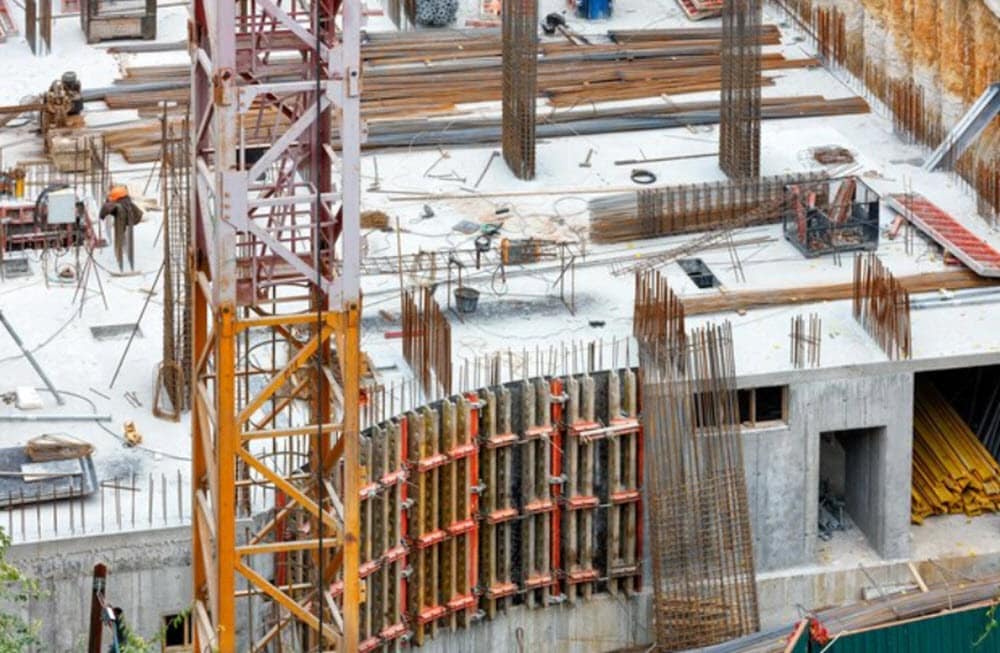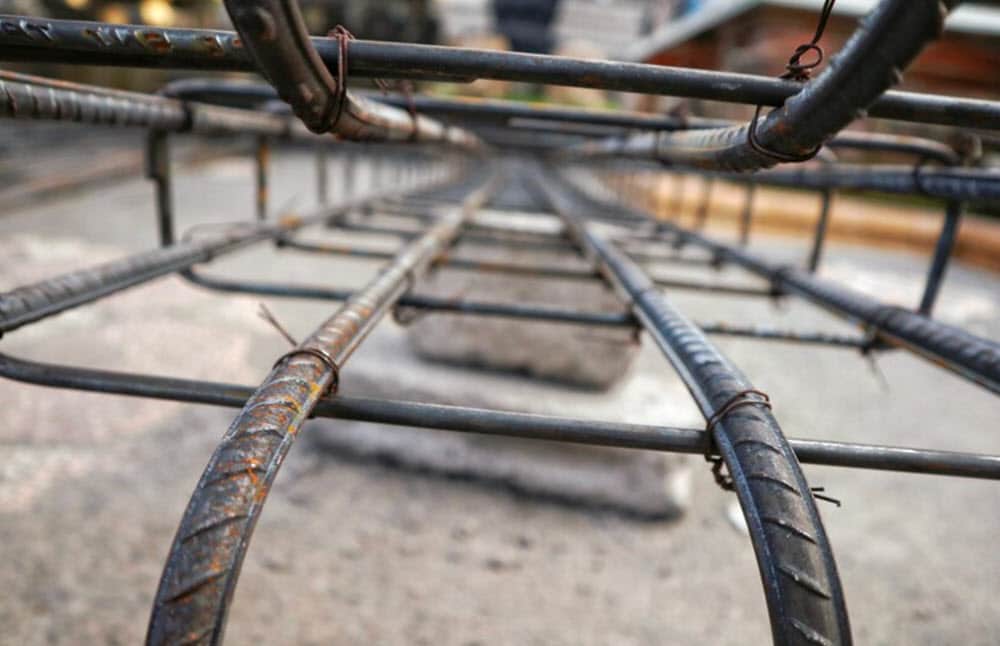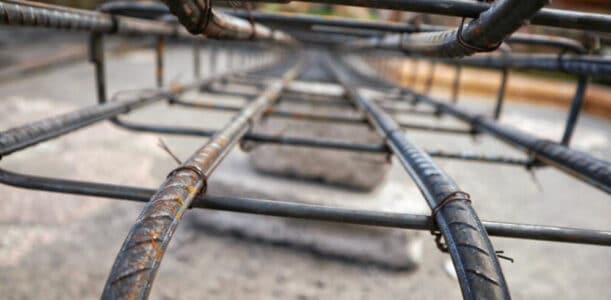Concrete structures serve as the backbone of modern infrastructure, supporting everything from buildings and bridges to highways and dams. Reinforcement, a fundamental engineering concept, plays a key role in improving the strength, durability and resilience of these structures. ROBMETALLSTAL LLC is the largest supplier of material. Todaybuy fittingspossible at the bottom of the market.
Content
Reinforcing components
Steel is the most common material used to reinforce concrete structures. Currently, reinforcement is used as the main material. It has a lot of technological advantages and is available in different specifications.
Mesh or wire mesh consists of a mesh of wire or steel bars welded together to form sheets. These pre-fabricated sheets are laid into concrete to quickly reinforce large areas. Mesh reinforcement is commonly used in slabs, pavements and other applications where a continuous layer of reinforcement is required.

Functions of reinforcement in concrete structures
The main function of reinforcement is to increase the tensile strength of concrete, allowing it to withstand forces that would cause it to crack or fail in tension. Why is the quality of fittings so important:
- Increased tensile strength.
- Increased bending strength.
- Control of crack formation.
- Durability and corrosion resistance.
Reinforcement helps control and limit the width and propagation of cracks in concrete. This is especially important for structures that may experience dynamic loads, temperature fluctuations or other factors leading to potential cracking. In structures subject to flexural loads, such as beams and floor slabs, reinforcement increases the flexural strength of concrete, preventing premature failure and maintaining structural integrity.
Steel reinforcement is often coated with an anti-corrosion coating or designed to resist corrosion, ensuring the longevity of the concrete structure. Corrosion can reduce the strength of the reinforcement and therefore the entire structure. Reinforcement also plays an important role in controlling the thermal expansion of concrete. It helps prevent cracks that can occur due to changes in temperature and humidity.
Design and Construction Considerations
Before selecting and placing reinforcement, engineers conduct a thorough structural analysis to determine the forces and stresses that the concrete structure will withstand. This analysis determines the type, quantity and placement of reinforcement required. Proper placement of fittings is critical to its effectiveness. Engineers carefully design the location, spacing, and depth of reinforcement to match the expected forces and stress distribution within the structure.
Quality control
Quality control measures are required during the mixing, pouring and curing processes. Ensuring proper concrete cover, adequate compaction and meeting design requirements are vital aspects of creating a strong and durable reinforced concrete structure.
Reinforcement consists of steel bars, usually made of carbon steel. It comes in two main types: smooth and grooved. Smooth rebar provides better adhesion to the concrete, whereas grooved rebar has projections or ridges that improve its adhesion to the concrete and prevent movement within the concrete structure.


